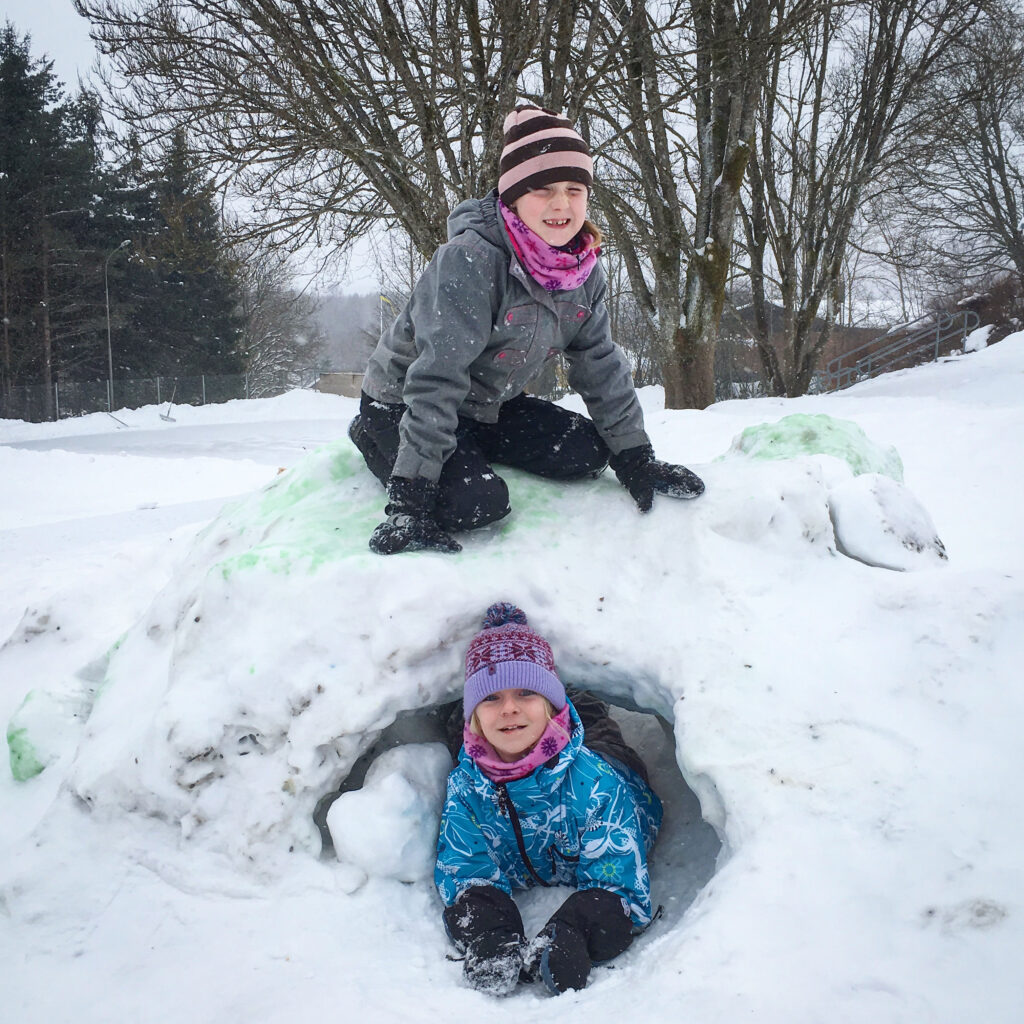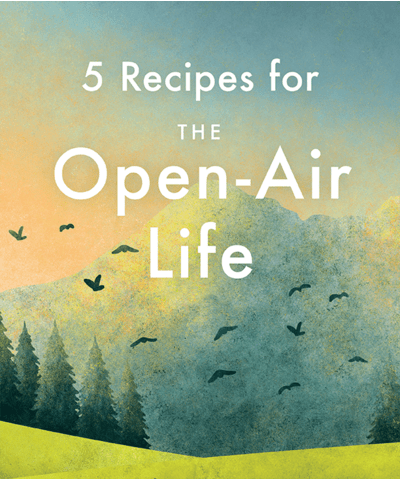When you live in Scandinavia, outdoor play in the winter is a given and the practicalities of it all is just something that you’re socialized into. New parents can tap into the collective, accumulated knowledge of their own parents, friends, preschool teachers, teachers, midwives, doctors and other health care professionals, who are all supportive of the idea that kids should play outside all year round. It’s easy to forget that this isn’t the case everywhere. (You can read more about the benefits of playing outside in the winter here.)
Many parents and other caregivers have questions about outdoor play in the winter and are anxious about clothing, activities, safety or all of the above. Understandably so. Being outside for longer periods in freezing temperatures isn’t all that hard but it does take a little bit of knowledge and preparation to stay safe and comfortable. This could be a daunting task if you don’t have experience with it and don’t have the support from your community. Below I’ve tried to answer a few of the most common questions I get from my followers about outdoor play in the winter. Don’t see your question here? Leave a comment at the end and I’ll add it to this post!

Can my child be outside in the cold if they’re sick?
Resting is good if your child is home sick. Having said that, kids are pretty good at regulating their own activity level, so there’s no reason to force them to stay in bed if they don’t want to. A baby can rest or sleep in a pram outside even if they have a fever, as long as they’re protected against wind and cold temperatures. (Read all about prepping babies for outdoor winter napping here.)
An older child can play outside if they feel energetic enough, and you don’t need to keep them inside because of cold symptoms like a sore throat or stuffy nose. On the contrary, the fresh air can feel invigorating and won’t make your child any sicker than before. Nor does being outside cause sickness to begin with – virus and bacteria do. And you’re far less likely to pick them up outside than within the confines of four walls!
How do I know if my baby is too hot or too cold?
Young babies don’t regulate their body temperature as well as adults, so if you take your infant out on long walks in the stroller or let them nap outside, you need to make sure that they’re neither too warm nor too cold. (It’s probably far more common to over-bundle babies out of fear that they get cold than to dress them too lightly.) One way to check if your baby is too cold is to check if their neck or forehead feels cold to the touch. While it’s normal for the hands and feet to be a little colder than the rest of the body, they shouldn’t be freezing. To check if the baby is too warm, feel their neck and chest – if they seem warm and sweaty, the baby is probably over-bundled.
How long can my child play outside in the winter?
This is a little bit like asking how long a string is…It just depends – on the weather, how active your child is and what they’re wearing. If your child has rosy cheeks, seems happy and is playing actively, they’re likely comfortable. By the same token, you need to pay attention to your child’s signals and let them warm up inside if they’re complaining of being cold, especially on frigid, windy days. Children’s circulation is not fully developed, which means that their extremities get cold faster than adults’. If your child’s skin is pale and cold, it could be a sign that they’re having trouble staying warm. They may also shiver or stand around and huddle to conserve body heat. At that point you have two options – encourage your child to generate body by moving around, or take a break and go inside for a while.
What are the signs of frostbite?
White spots on the cheeks, nose and ears, as well as numbness, are typically the first symptoms of frostbite. If you notice any signs of frostbite, get your child out of the wind immediately and go inside as soon as you can. Reheat the cold area slowly, preferably skin-to-skin. For example, you can put cold hands in your armpits, cold feet on your stomach and so on. For more severe cases of frostbite, contact your doctor for advice. Learn more about recognizing and giving first aid in case of severe frostbite here.


I enjoyed reading your article! I have 3 kids and they do love winter. Thanks for the ideas!
Oh good! Glad too hear that your kids enjoy winter.
Oh good! Glad to hear that your kids enjoy winter.
Hi, new to all this and excited! Do you have an all seasons guide to recommended gear (specifically for toddlers) or any books to recommend that cover best clothing and gear for various weather?
Thank you!!
Hi Elizabeth – Welcome! And sorry about the tardy response…I don’t know that there’s a specific book on this topic but I write bout it some in my book There’s No Such Thing as Bad Weather. Over the years, I’ve also written several guides and other helpful posts on this blog. Do a search for “dressing” and you should get some different results. Some of the specific products may have changed but the basic layering principles remain the same. In terms of places to buy clothes I recommend mknordika.com, polarnopyretusa.com and outnorth.com. My favorite brand for clothing for kids and adults alike is Didriksons, a Swedish brand that sells durable and highly functional clothes. I hope this helps!